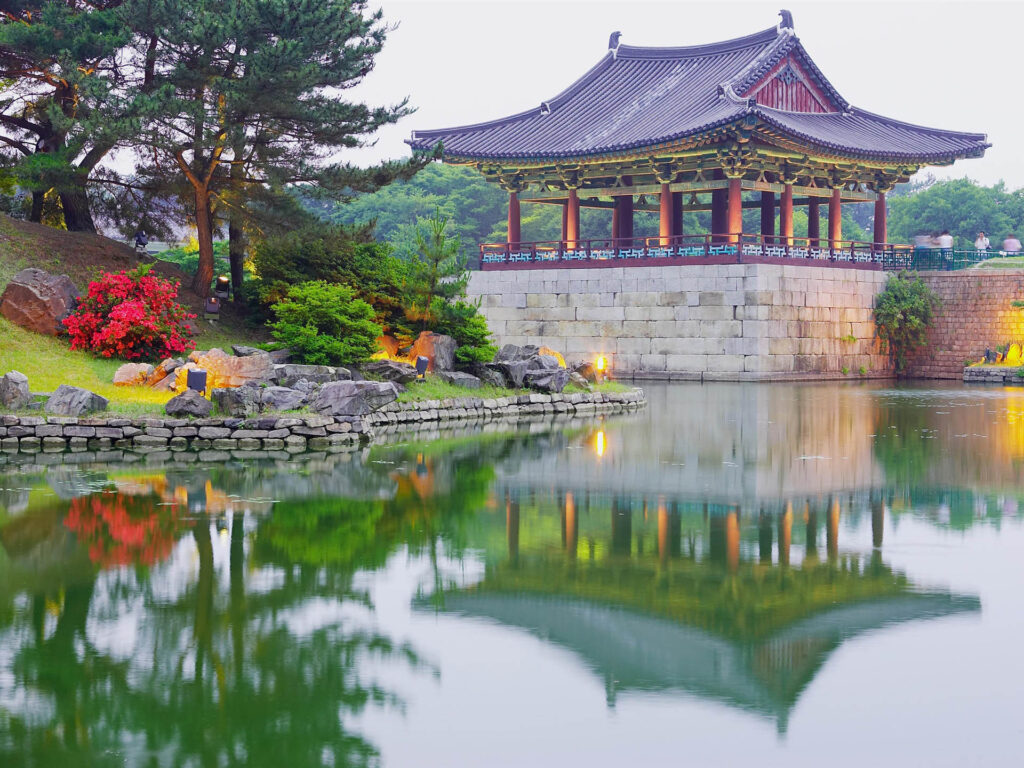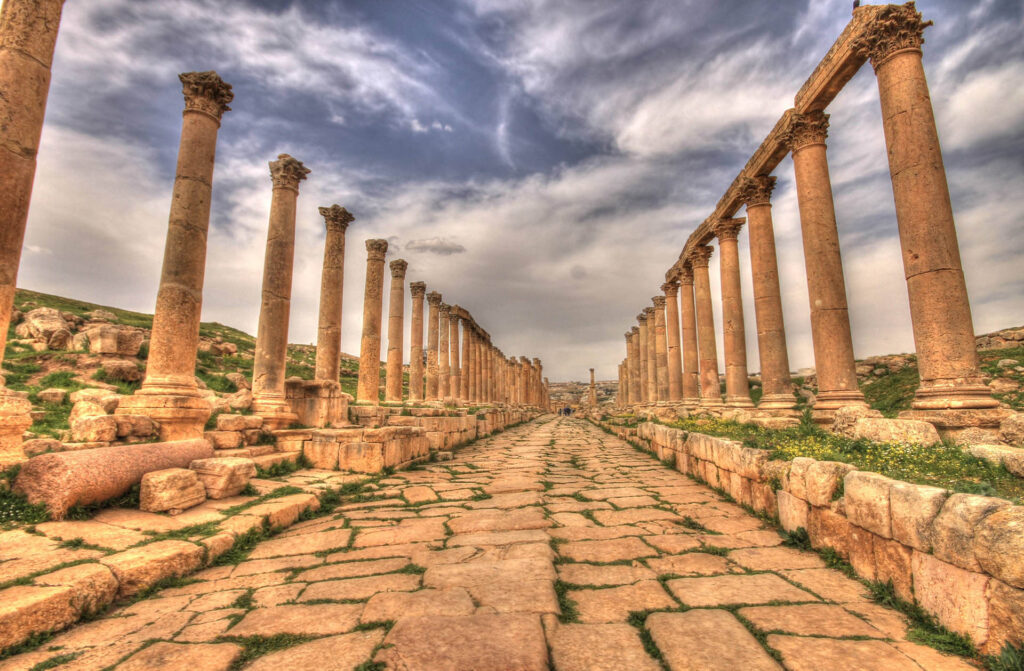Introducing The Holy Trinity Cathedral
Nestled in the heart of Tbilisi, the capital city of Georgia, stands the majestic Holy Trinity Cathedral, also known as the Sameba Cathedral. This remarkable religious structure is not only a stunning architectural masterpiece but also a testament to the enduring faith and resilience of the Georgian people. With its towering spires, intricate carvings, and rich history, the Holy Trinity Cathedral has become a beloved landmark and a must-visit destination for travelers from around the world.

The Grandeur of the Holy Trinity Cathedral of Tbilisi
The History of the Holy Trinity Cathedral
The origins of the Holy Trinity Cathedral can be traced back to the 4th century, when the first Christian church was built on this site. Over the centuries, the cathedral has undergone numerous reconstructions and renovations, each reflecting the unique challenges and triumphs faced by the Georgian nation.
The Earliest Foundations
The earliest known version of the cathedral was constructed in the 4th century, during the reign of King Mirian III, the first Christian king of Iberia (the ancient name for Georgia). This original church was dedicated to the Holy Trinity and served as a center of religious and cultural life for the Georgian people.
The Destruction and Rebuilding
Throughout the centuries, the cathedral has faced numerous threats, including invasions, earthquakes, and political turmoil. In the 6th century, the cathedral was destroyed by the Sassanid Persians, only to be rebuilt in the 7th century during the reign of King Giorgi I. Over the next few centuries, the cathedral underwent further renovations and expansions, reflecting the changing fortunes of the Georgian kingdom.
The Soviet Era and Restoration
During the Soviet occupation of Georgia in the 20th century, the cathedral fell into disrepair, and its religious activities were severely restricted. However, in the late 1980s, as Georgia regained its independence, the cathedral underwent a massive restoration effort, with the support of the Georgian Orthodox Church and the government. This extensive renovation project, which lasted over a decade, transformed the cathedral into the breathtaking structure that we see today.

The Grandeur of the Holy Trinity Cathedral of Tbilisi
The Architecture of the Holy Trinity Cathedral
The Holy Trinity Cathedral is a stunning example of Georgian ecclesiastical architecture, blending Byzantine, Caucasian, and European influences into a harmonious and awe-inspiring whole.
The Exterior
The cathedral’s exterior is dominated by its three magnificent bell towers, each soaring to a height of over 60 meters (200 feet). The central tower, the tallest of the three, is topped by a golden cross, symbolizing the Holy Trinity. The facades of the cathedral are adorned with intricate carvings and bas-reliefs, depicting scenes from the Bible and the history of the Georgian church.
The Interior
The interior of the Holy Trinity Cathedral is equally impressive, with a vast central nave that can accommodate up to 15,000 worshippers. The walls are adorned with stunning frescoes and mosaics, created by some of Georgia’s most renowned artists. The cathedral’s iconostasis, a large, elaborately carved screen that separates the altar from the nave, is a masterpiece of Georgian woodcarving, featuring intricate depictions of biblical scenes and Georgian saints.
Architectural Highlights
One of the most striking features of the Holy Trinity Cathedral is its use of traditional Georgian architectural elements, such as the distinctive “khevis” (arched windows) and the “khatchkars” (cross-stones) that adorn the exterior. These elements, combined with the cathedral’s Byzantine-inspired domes and European-influenced spires, create a truly unique and harmonious architectural style that is distinctly Georgian.

The Grandeur of the Holy Trinity Cathedral of Tbilisi
The Significance of the Holy Trinity Cathedral
The Holy Trinity Cathedral is not just a stunning work of architecture; it is also a deeply significant religious and cultural landmark for the Georgian people.
The Religious Significance
As the seat of the Georgian Patriarch and the spiritual center of the Georgian Orthodox Church, the Holy Trinity Cathedral holds immense religious significance. It is the site of important religious ceremonies and festivals, including the celebration of Easter, the most important Christian holiday in the country.
The Cultural Significance
The cathedral has also played a crucial role in the cultural and national identity of the Georgian people. It has been a symbol of Georgian resilience and independence, standing as a testament to the country’s centuries-long struggle against foreign invasions and occupation. The cathedral’s rich history and architectural beauty have made it a source of immense pride for Georgians, who often refer to it as the “heart of Georgia.”
The Social Significance
Beyond its religious and cultural importance, the Holy Trinity Cathedral also serves as a significant social hub for the people of Tbilisi. The cathedral’s grounds host numerous events and gatherings, from concerts and art exhibits to community festivals and social gatherings. It is a place where Georgians come together to celebrate their heritage, strengthen their bonds, and share their traditions with the world.

The Grandeur of the Holy Trinity Cathedral of Tbilisi
Visiting the Holy Trinity Cathedral
For those seeking to experience the grandeur and significance of the Holy Trinity Cathedral, a visit to Tbilisi is a must. Whether you are a religious pilgrim, a cultural enthusiast, or simply a lover of breathtaking architecture, the cathedral is sure to leave a lasting impression.
Practical Information
The Holy Trinity Cathedral is open to visitors every day, with the exception of religious holidays and special events. Visitors are advised to dress modestly and respect the sanctity of the space. Photography is generally allowed, but visitors should be mindful of any ongoing religious ceremonies or services.
Guided Tours
For those who want to delve deeper into the history and significance of the Holy Trinity Cathedral, guided tours are available. These tours, led by knowledgeable local guides, provide visitors with a comprehensive understanding of the cathedral’s architecture, history, and cultural importance.
Surrounding Attractions
The Holy Trinity Cathedral is situated in the heart of Tbilisi, surrounded by a wealth of other historical and cultural attractions. Visitors can explore the nearby Old Town, with its cobblestone streets, centuries-old houses, and lively cafes and markets. The city’s famous sulfur baths, the Narikala Fortress, and the Bridge of Peace are also within easy reach of the cathedral.

The Grandeur of the Holy Trinity Cathedral of Tbilisi
Conclusion
The Holy Trinity Cathedral of Tbilisi is a true gem of Georgia, a testament to the country’s rich history, resilient spirit, and profound religious and cultural heritage. Whether you are a devout believer, a passionate historian, or simply someone in awe of breathtaking architecture, a visit to this magnificent cathedral is an experience that will leave an indelible mark on your heart and mind.










